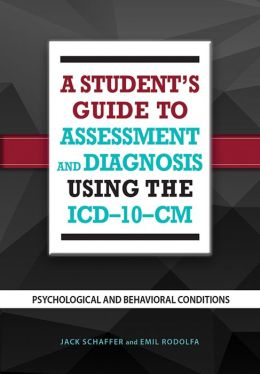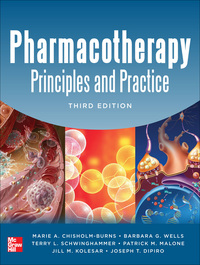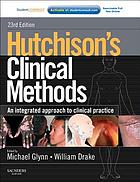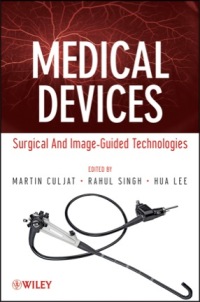by Jack Schaffer, Emil Rodolfa
In the United States, psychologists find themselves having to adapt to the World Health Organization s International Classification of Diseases (ICD), the 10th edition of which was recently integrated with clinical modifications (ICD-10-CM) into the U.S. healthcare system. This transition also affects graduate students, interns, and trainees in psychology who are just learning the basics of assessment and diagnosis, as well as their instructors who are themselves adjusting to this new diagnostic system.
This easy-to-read guide optimized for implementation in the classroom teaches students a straightforward conceptual framework for assessment and diagnosis with the ICD-10-CM at its foundation. The authors begin with a brief primer on the ICD-10-CM, demonstrating how to interpret diagnostic codes and use them as guides for critical thinking. Common challenges, errors, and biases involved with assessing clients and making diagnoses are also discussed.
The core of the book revolves around three detailed case examples, each one given special attention in its own chapter. These examples follow common yet very different clinical scenarios. They demonstrate how to collect and interpret data to formulate possible diagnoses. Potential ethical and risk management issues are examined, as are considerations for developing an intervention plan. The book ends with review of other key resources related to assessment, diagnosis, and the ICD-10-CM.
Product Details
| ISBN-13: | 9781433820939 | |
| Publisher: | American Psychological Association | |
| Publication date: | 11/16/2015 |










Reviews
There are no reviews yet.